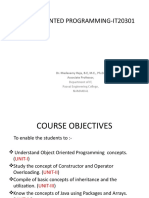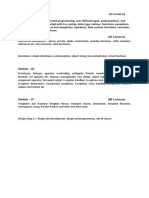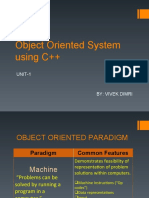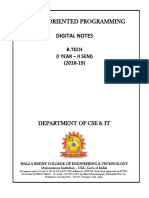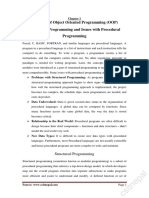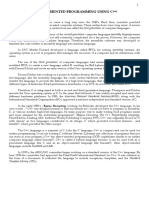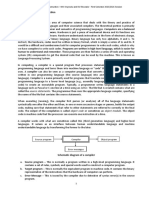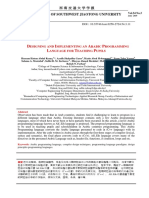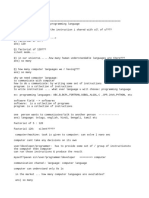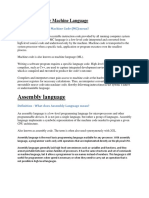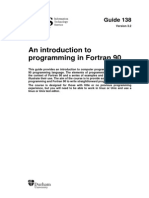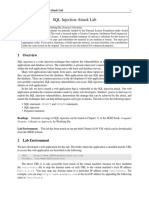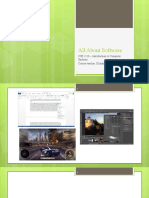0% found this document useful (0 votes)
21 views13 pagesChapter 1 Introduction To C++
This document introduces the process of compiling and running C++ programs, detailing the roles of compilers, linkers, and loaders. It also covers programming methodologies, specifically structured procedural programming and object-oriented programming, highlighting their differences and key concepts such as encapsulation, inheritance, and polymorphism. The document emphasizes the importance of understanding these programming paradigms for effective problem-solving and program design.
Uploaded by
S'fiso MzilikaziCopyright
© © All Rights Reserved
We take content rights seriously. If you suspect this is your content, claim it here.
Available Formats
Download as PPTX, PDF, TXT or read online on Scribd
0% found this document useful (0 votes)
21 views13 pagesChapter 1 Introduction To C++
This document introduces the process of compiling and running C++ programs, detailing the roles of compilers, linkers, and loaders. It also covers programming methodologies, specifically structured procedural programming and object-oriented programming, highlighting their differences and key concepts such as encapsulation, inheritance, and polymorphism. The document emphasizes the importance of understanding these programming paradigms for effective problem-solving and program design.
Uploaded by
S'fiso MzilikaziCopyright
© © All Rights Reserved
We take content rights seriously. If you suspect this is your content, claim it here.
Available Formats
Download as PPTX, PDF, TXT or read online on Scribd
/ 13

